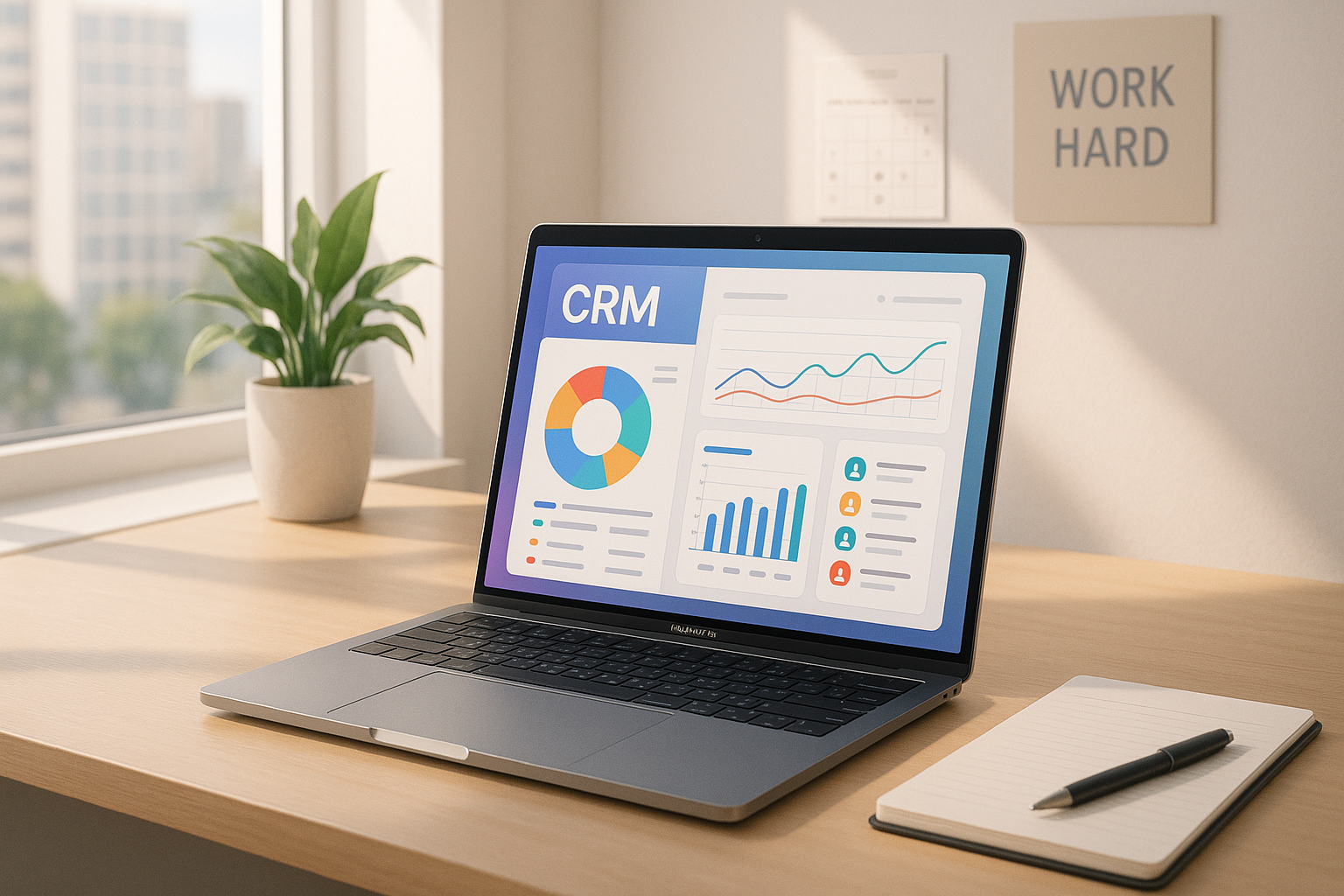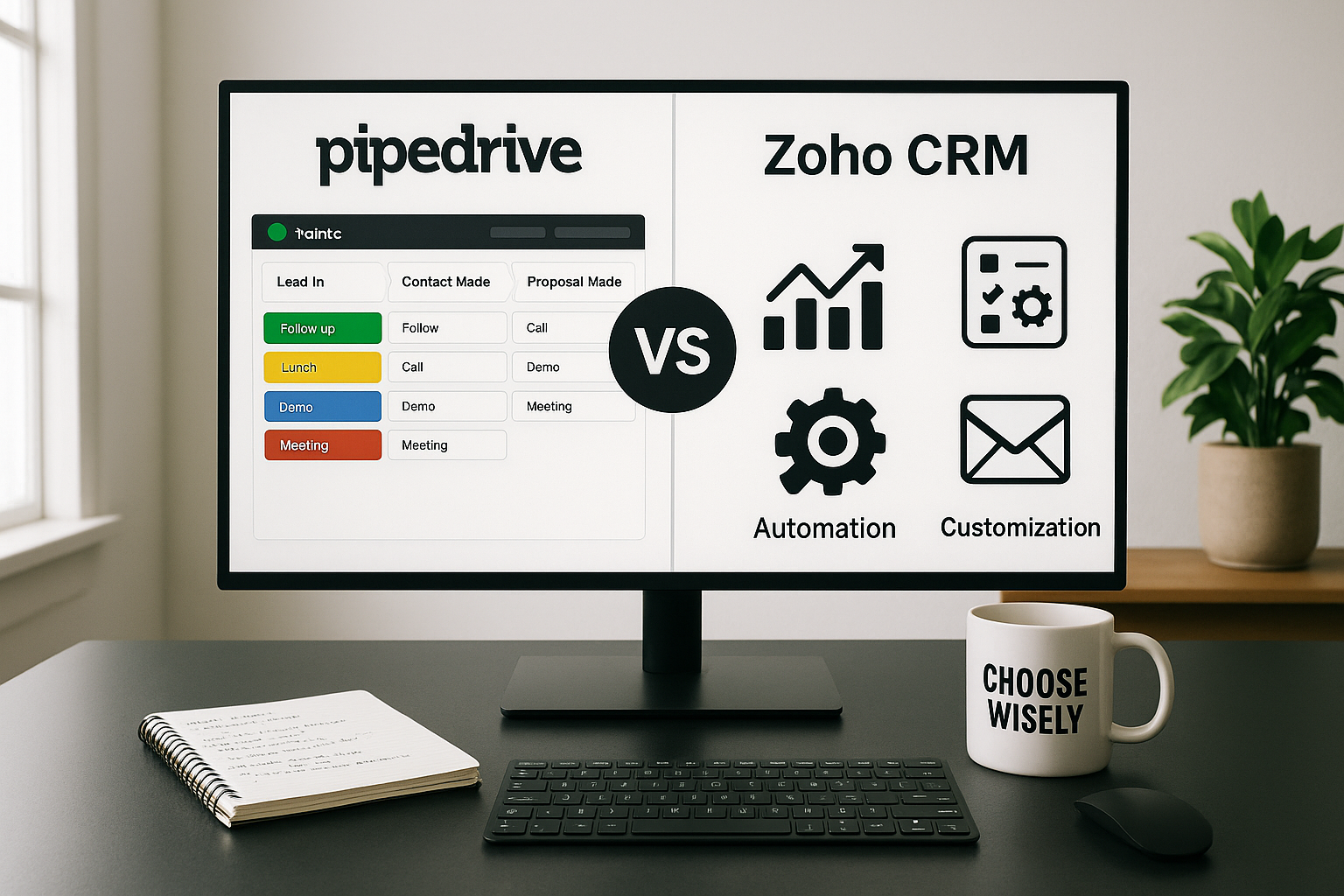Editor’s note: Present-day business owners are savvy of cloud CRM practical tool sets and effective metrics, as well as multi-channel features that rise income and customer conversion rates. This interview with Phil Weinmeister discloses the nature of Salesforce and SaaS solutions, in general.
Phil is a certified Salesforce developer and principal business analyst at EDL Consulting. In this interview, he frames the questions about the privileges of the cloud solutions, efficiency of the web-to-lead forms and gives some directions on the successful Salesforce running.
1. It goes without saying, you have achieved amazing results in your career. But when did this all start? Can you share with us a short flashback?
I believe that two of the keys to success in my career have been a drive for results and a desire to learn and explore. In the third year of my professional career, I started researching Software Quality Assurance as a result of a knowledge gap within my project team. At that time, formal Software QA was new to me. However, I researched and honed my abilities to assist the team and that ultimately resulted in a newly marketable skill. I then took that skill and used it to obtain a new, more senior position at a different as a Software Quality Assurance Engineer. I have essentially repeated this pattern throughout my career: identify needed skills, refine my capabilities in those areas, demonstrate expertise, and communicate strengths in the new subject matter.
2. What attracts you to CRM consulting work? What are your main objectives?
It was not CRM in general that attracted me, but specifically the CRM that Salesforce.com has built. Salesforce.com has done an excellent job creating an intuitive, feature-filled system that can be significantly configured and customized to meet a particular organization’s needs. My main objectives as a consultant are to follow through on my commitments, satisfy my clients, and deliver innovative, effective solutions. CRM for SaaS businesses is a software solution that helps manage customer relationships, track sales data, and improve customer retention by providing insights into customer behavior and preferences, and enabling personalized communication and marketing strategies.
3. You are a seasoned Salesforce user. Could you draw up a to-do list for successful CRM adoption?
First and foremost, the CRM you implement will need to align extremely well with your business processes. If users see a new system as outside the ideal (or necessary) path to success, the solution could end up being disregarded. Seeking input from critical stakeholders is also of great value. This not only drives interest and adoption, but also sets your organization up for success by ensuring that the system properly supports business operations. Additionally, configure and customize your CRM to work for your employees. In other words, make sure that your users are not heavily burdened with inefficiencies or redundant or unnecessary steps to accomplish their jobs. Automate as much as you can take the burden away from your employees.
4. Phil, what privileges does a cloud solution offer? Is the customization of CRM obligatory? Why?
Cloud solutions (SaaS) have become much more the norm than they were in the past. There are numerous advantages, but I personally believe two to be the most critical ones. The first key advantage is an organization’s ability to free itself from hardware that requires constant and continual maintenance. On-premise hardware requires time and money, two precious elements to any business. The second key advantage is the flexibility and nimbleness that it offers. Not only are the requirements for access minimal (i.e., having a browser), but also many configurations can be implemented with relative quickness and ease. The stress and burden to assess compatibility for upgrades becomes obsolete.
5. How can one improve support service with the email-to-case agent?
Web-to-Lead and Email-to-Case are two veteran features in Salesforce.com’s repertoire. While they rarely see any enhancements now, they are simple but valuable tools that expedite Sales and Support processes for many organizations around the world. The principal requirement for success with Web-to-Lead is that key information is captured. With this tool, much more control over that aspect is available. When building the related HTML Web form, you can incorporate additional HTML to require certain fields or format them as needed. Ensure that critical information is captured, while avoiding burdening the user with required fields that are unnecessary or extraneous. With Email-to-Case, success hinges more on how the content is handled internally. Since you only have the Subject and Body fields to work with, you need to make sure that the emails are routed properly and critical fields (such as Priority) are set correctly.
6. What are the strong sides of Salesforce? What CRM solutions are the main competitors of Salesforce?
In my opinion, Salesforce.com’s biggest strength is the ability to automate business process with relative ease and speed. Salesforce.com has refined how administrators and developers can configure the system to align with an organization’s needs and operations, putting significant attention on process automation each year. Some of Salesforce.com’s biggest competitors include Microsoft Dynamics, Oracle CX, and SAP CRM.
7. Phil, is it possible to build a prolific company using only one CRM software? What integrations can amplify the options of the SaaS?
Another great benefit of using a solution like Salesforce.com is its ability to be extended to work with other systems and applications via integration. EDL Consulting has mastered this skill over the past 13 years and has implemented a number of Salesforce.com integrations, including some that are very intricate and/or complex. Whether using pre-built applications from AppExchange or customizing an integration from scratch, virtually every area of business can be integrated with Salesforce.com: marketing, sales, service, logistics, fulfillment, product planning, manufacturing, etc. One example of landmark integration with Salesforce.com is that of CloudCraze, a wholly owned subsidiary of EDL Consulting. CloudCraze has created an enterprise eCommerce solution that runs natively on Salesforce.com, essentially extending CRM capabilities to allow for commerce-related transactions within the same application.
8. These days your new book ‘Practical Salesforce.com Development without Code’ is out. Phil, could we treat this book as a step-by-step instruction for actual usage of Salesforce?
By adopting Practical Salesforce.com Development Without Code as your guide, readers will learn how to deliver business solutions within Salesforce.com by combining analysis, creativity, and logic with some of its core elements, including validation rules, workflow rules, and formula fields. In addition, I dissect and explain the most useful functions and features for developers, and show readers how to use them. Among other things, readers will learn how to: Build objects, fields, and relationships to establish a sensible data modelAutomate business processes by using workflow rules and flows (Visual Workflow)Utilize functions and develop formulas effectively for a variety of business needsDevelop intricate approval processes to handle exception scenariosEmploy publisher actions to drive additional functionality from the Chatter feedManage your data using Data Loader
In my book, I’ve used real-life business scenarios and visuals to keep readers engaged and learning something new with every page they read. Practical Salesforce.com Development Without Code will help readers to absorb the principles behind dozens of creative and thoughtful ways to solve business problems. Applying the lessons learned from this how-to guide will ultimately save readers time and ensure that their clients or internal customers are well satisfied and productive.
What you’ll learnHow to develop within Salesforce.com without the use of codeHow to deliver business solutions within Salesforce.com using various native elements, including validation rules, workflow rules, formula fields, and flowsEffective use of various Force.com features
I would not call my book a step-by-step guide for usage of Salesforce.com, but I would call it a step-by-step guide for developing in Salesforce.com without having to use code.
Phil casts a light on the most practical features and tools of Salesforce, and we’d like to thank him for such in-depth answers and useful tips. His seasoned views on the cloud CRM, as well as automation options, will help our readers in the mapping out their strategy.
P.S. Want to move to the desired CRM in an automated and secure way? Trujay may handle this task flawlessly and securely. Visit https://www.trujay.com/ or set up a free Demo and see how it really works. There is no data importing or coding. All, you need, is to register and fill in few fields of a migration wizard.




(2).jpg)
